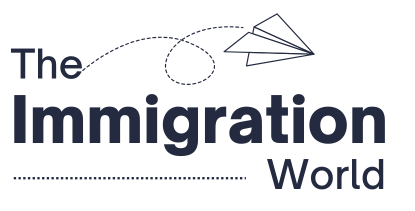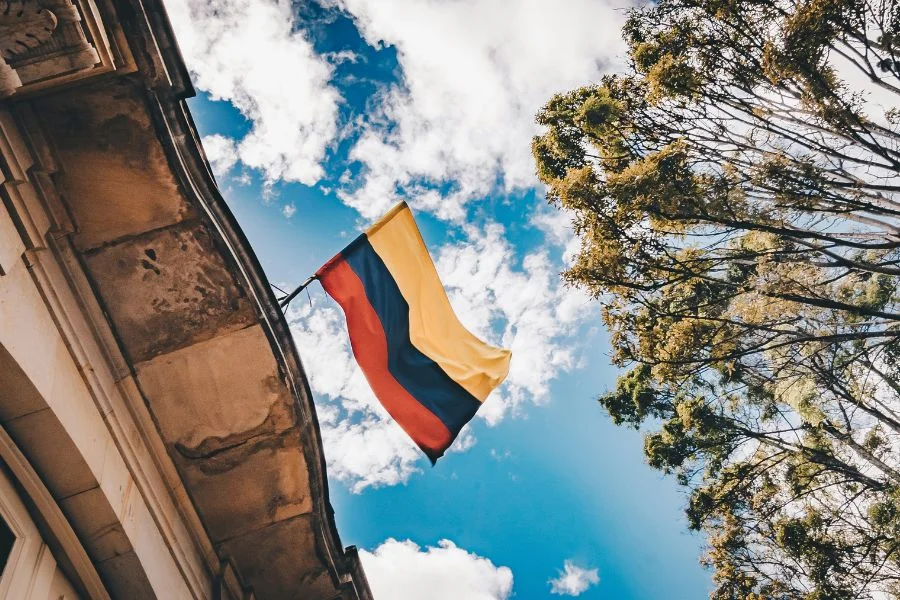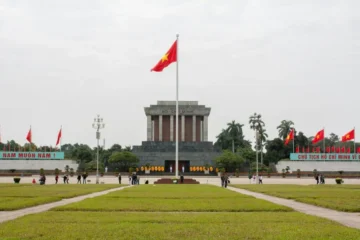Colombia has transformed over the past two decades into one of South America’s most attractive destinations for foreign nationals. With a growing economy, rich cultural heritage, and lower cost of living compared to many neighbouring countries, it is no surprise that professionals, retirees, and investors are increasingly considering Colombia as a long-term base. For those looking beyond temporary visas, permanent residency provides the pathway to stability. In this guide, we will explore how to obtain permanent residency in Colombia, including eligibility, application requirements, and what life looks like after approval.
Key Takeaways
Understanding Permanent Residency in Colombia
Permanent residency, known in Colombia as the Residente Visa (Type R), grants foreign nationals the right to live and work in the country indefinitely. Unlike temporary visas, which are limited to one to three years, the resident visa provides a long-term status that eliminates the need for constant renewals. Holders of permanent residency can engage in employment, invest in businesses, access healthcare and education, and eventually apply for Colombian citizenship.
The Ministerio de Relaciones Exteriores (Ministry of Foreign Affairs) manages the visa system, and applications are processed primarily online through their official portal.
Pathways to Permanent Residency
Colombia offers multiple routes for foreigners to obtain permanent residency, depending on their circumstances.
1. Long-term holders of temporary visas
Foreign nationals who have held a migrant visa (Visa Type M) for an extended period may transition to permanent residency. Typically, this requires at least five years of continuous legal residence under a qualifying visa, such as a work, student, or family visa.
2. Marriage or family connections
Spouses or permanent partners of Colombian citizens may apply for permanent residency after holding a temporary marriage or partnership visa for three years. Children and parents of Colombian citizens may also qualify.
3. Retirement and pension-based residency
Colombia is popular among retirees due to its low cost of living and accessible healthcare. Those who first obtain a retirement migrant visa may later transition to permanent residency, provided they maintain continuous residence and meet income proof requirements.
4. Investment and business establishment
Foreign nationals who make significant investments in Colombia can qualify for permanent residency. The law requires an investment equivalent to 650 times the monthly minimum wage, which must be registered with the Central Bank of Colombia.
5. Returning Colombians
Individuals who once held Colombian nationality but renounced it may apply for the resident visa through a simplified process.
Eligibility Criteria
Eligibility for the Residente Visa depends on the pathway chosen, but some general requirements apply to all applicants. These include holding a valid passport, demonstrating lawful stay in Colombia, providing proof of income or financial stability, and presenting a clean criminal record from both Colombia and the applicant’s home country.

Foreign documents must be apostilled or legalised and officially translated into Spanish. Additionally, applicants must show that they have maintained continuous residence in Colombia without long absences during the qualifying period.
Application Process
The application process for permanent residency in Colombia is straightforward but requires careful attention to documentation.
Applications are submitted through the Ministerio de Relaciones Exteriores online platform, where applicants upload scanned copies of their documents. Required documents typically include a valid passport, visa history, proof of income, bank statements, police clearance, and marriage or birth certificates when applicable.
Once submitted, applicants pay the visa study fee and await an initial review. If approved in principle, a second payment is required for the issuance of the visa. The permanent residency visa is electronic and emailed directly to the applicant.
Processing times vary but usually take between one and three months. After approval, foreign nationals must register their visa with Migración Colombia within 15 days and obtain a Cédula de Extranjería, the foreign resident identity card, which grants access to services and acts as an official form of identification.
Also Read: How to Get Permanent Residency in Luxembourg 2025
Life as a Permanent Resident in Colombia
Holding permanent residency in Colombia provides several advantages. PR holders can live and work freely without the need for employer sponsorship, invest in property and businesses, and enjoy access to both public and private healthcare systems. Education opportunities are also widely available, with residents paying similar rates to Colombian nationals.
Colombia’s vibrant cities, such as Bogotá, Medellín, and Cali, provide modern infrastructure, cultural activities, and career opportunities. At the same time, the country’s smaller towns and coastal regions offer relaxed lifestyles for retirees and remote workers. The cost of living remains significantly lower than in Europe or North America, making it attractive for long-term settlement.
Permanent residents are also able to travel more easily within Latin America, especially with Colombia’s membership in regional agreements such as the Andean Community.
Pathway to Citizenship
One of the greatest benefits of obtaining permanent residency in Colombia is the opportunity to apply for citizenship. Most foreigners are eligible after living in Colombia as permanent residents for five years. Citizens of Spain or other Latin American countries may qualify after only two years.
Also Read: How to Get Permanent Residency in the Philippines 2025
To apply, individuals must demonstrate integration into Colombian society, including knowledge of Spanish, financial stability, and a clean criminal record. Citizenship grants the right to vote and a Colombian passport, which provides visa-free access to more than 130 countries.
Common Mistakes to Avoid
Many applications face delays because documents are not apostilled or officially translated into Spanish. Another common issue is failing to register the permanent residency visa with Migración Colombia within the required timeframe, which can result in fines. Applicants should also avoid long absences from the country, as these can reset the residency clock or even jeopardise status.
Conclusion
In this guide, we explored how to obtain permanent residency in Colombia, covering the main pathways such as family connections, long-term visas, retirement, and investment. The application process, while structured, requires attention to the legalization documents and compliance with immigration rules. Permanent residency opens the door to employment, investment opportunities, and a high quality of life in a country that blends modern growth with rich tradition. For those seeking stability in South America, Colombia offers a clear and rewarding residency pathway that can lead to citizenship and long-term security.
Reference: https://www.cancilleria.gov.co/en/qualified-residents-visa





